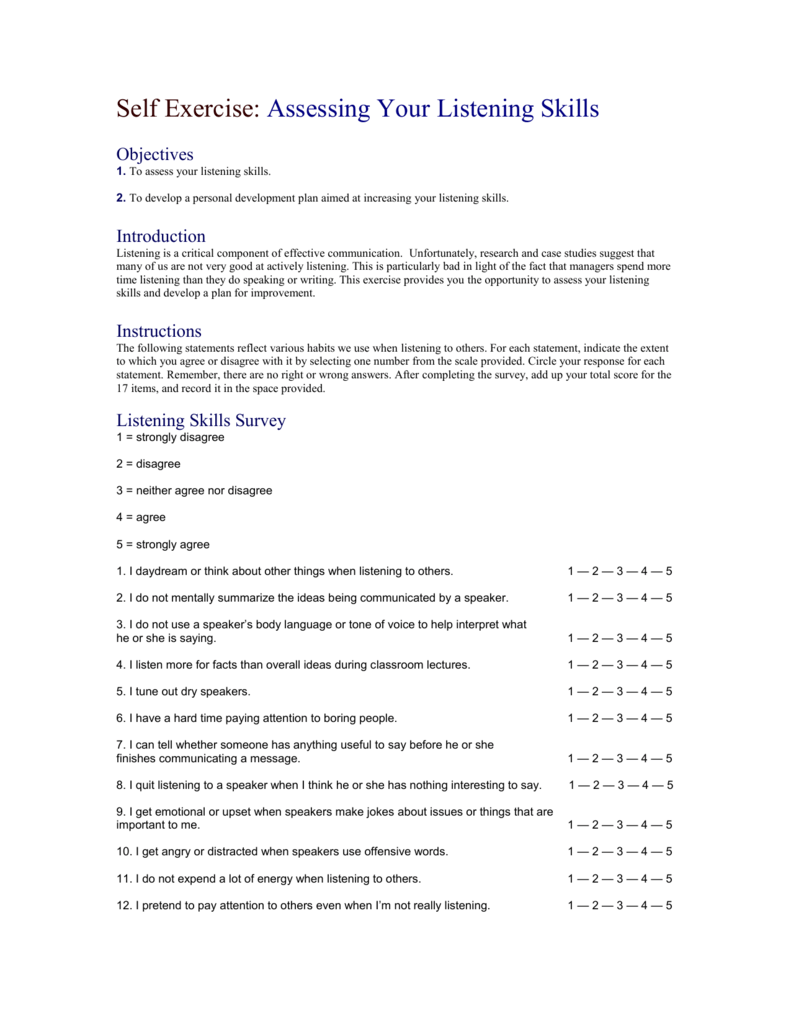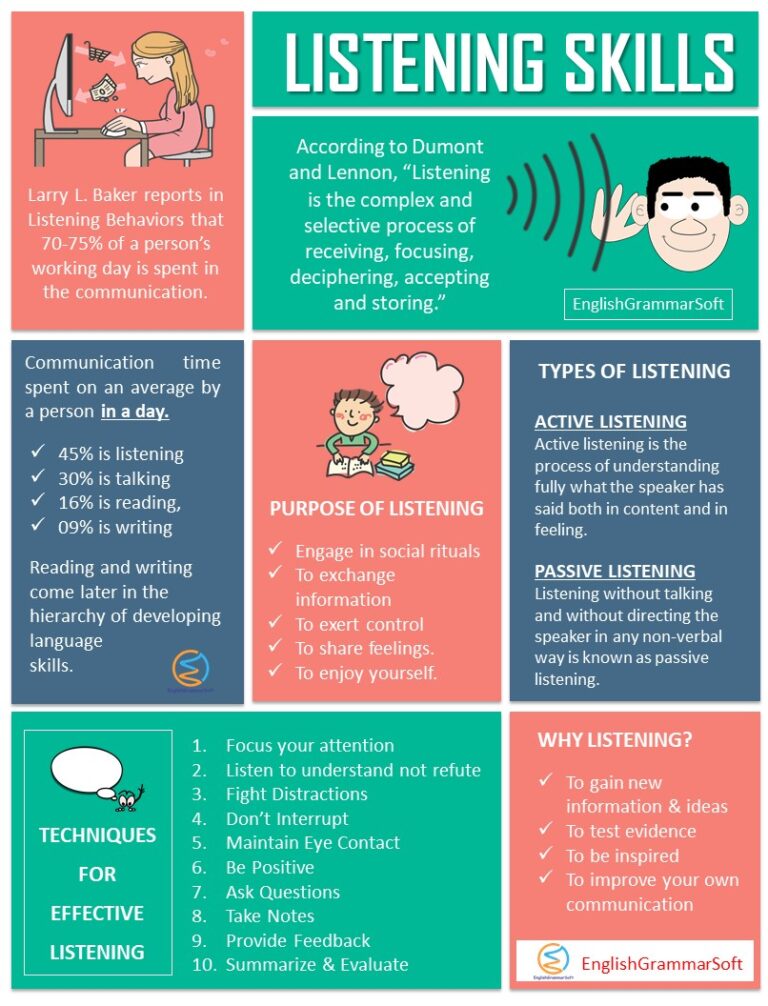

Understanding, which requires us to read between the lines and discover the speaker’s true intent and real meaning,.Attending, or rather filtering through the information you’re picking up and zeroing in on what really matters, based on what you’re looking to gain from the conversation,.Hearing, which is the physiological aspect of listening, accomplished by simply not being able to ignore audio input,.Sticking to that would make you more of a passive listener - someone who doesn’t provide any sort of feedback in response to the speaker’s message.Ĭonversely, according to Ronald Adler’s textbook on interpersonal communication, mindful (or active) listening consists of five separate but simultaneous processes: The concept of active listening supposes that, to be a good listener, you would need to do more than simply sit there and absorb the information you are being presented with. Luckily, this article should show a more modern approach to active listening.īut first, let’s see how the term fits in, or rather encompasses, a related concept we came across while researching this topic - passive listening. Nowadays, we’d likely see the supervisor’s words as being sarcastic - and therefore not very helpful in the face of the foreman’s honest complaint.
#Active listening skills checklist professional#
Would you believe the above words served as an example of a successful implementation of active listening in a professional setting? To illustrate that point, let’s see what an example of active listening from Carl Rogers’ and Richard Farson’s 1957 paper might look like in a modern context.Ī word-for-word recounting of an example of active listening from Rogers’ and Farson’s 1957 paper, shown as an interaction on Pumble, a business communication app Of course, the practical aspect of this method has shifted quite drastically since its introduction. In addition to making an effort to listen, understand, and retain the information we are presented with, active listening is also about finding and executing appropriate or encouraging responses. However, having researched the matter extensively, we could start by saying that active listening is, in essence, a set of techniques we might use to show that we are giving our undivided attention to our conversational partners.Įssentially, it is an attempt to understand the entire message someone is communicating, textually and subtextually, through spoken or written words, nonverbal cues, and context clues. With that being the case, we aren’t able to present a single active listening definition most people stick to. The concept of active listening has a long and storied history in both the popular imagination and scientific discourse.



Do you really need active listening at work?.What are the 3 A’s of active listening?.Conditions of the active listening process.


 0 kommentar(er)
0 kommentar(er)
